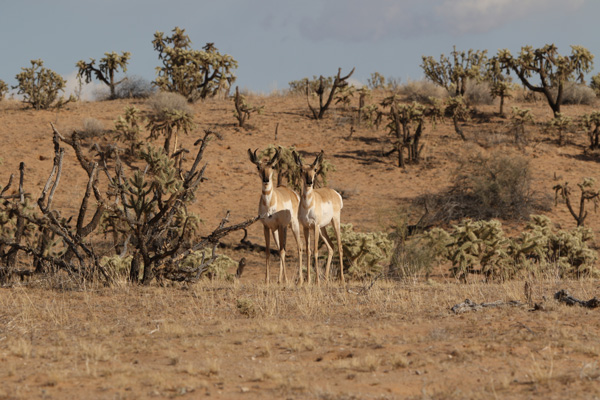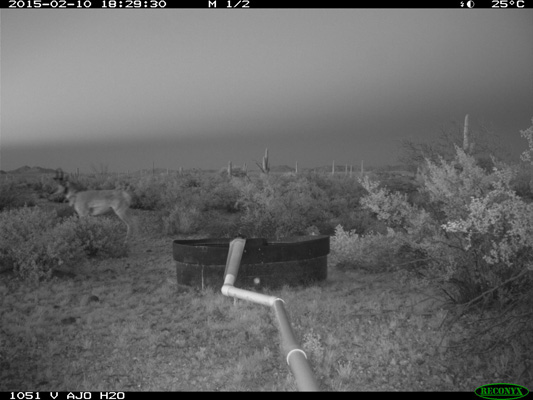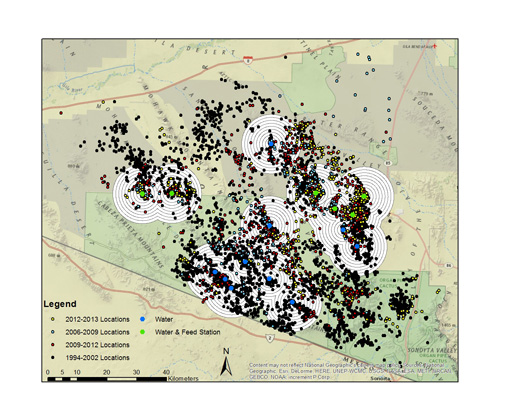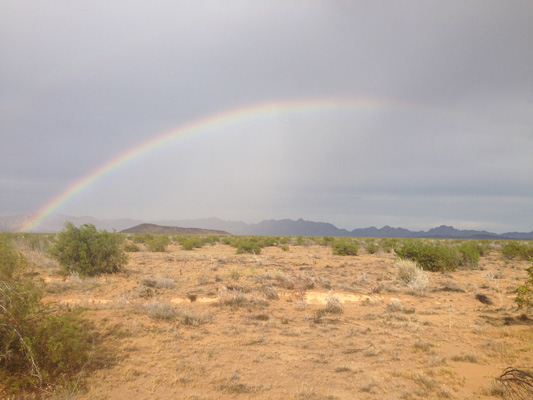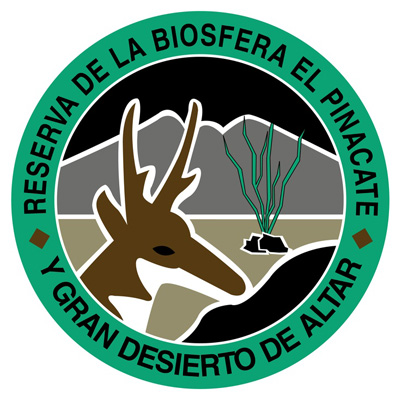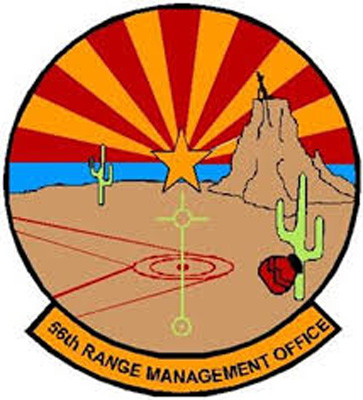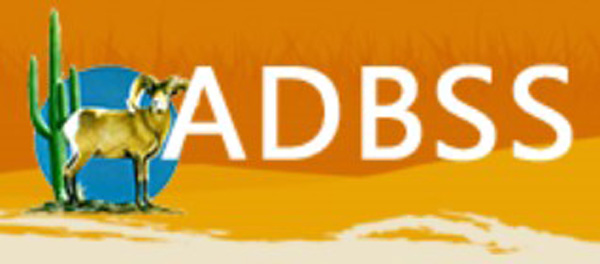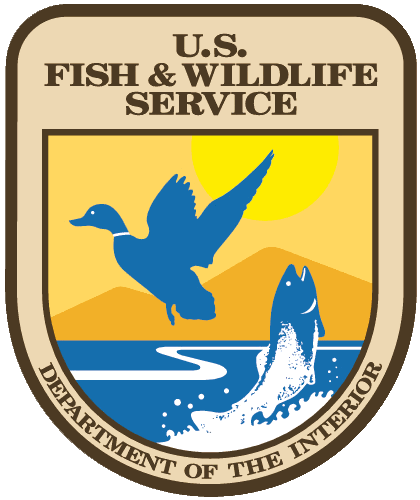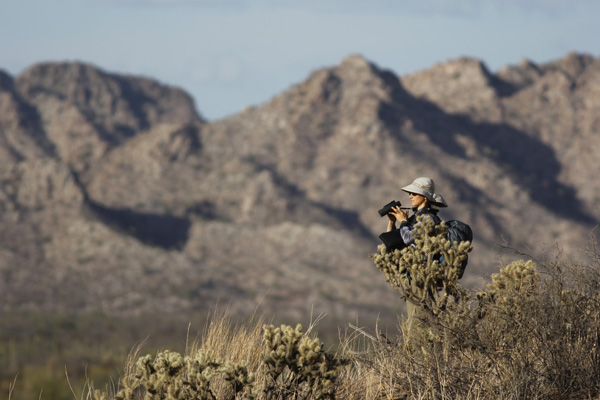
Stephanie Doerries
As a Ph.D. student, Stephanie is interested in the ecology of desert ungulates. She earned her BSc in Biological Sciences from the University of Notre Dame and then happily left the Midwest for the desert Southwest. Before coming to the UA, Stephanie spent four years working with Sonoran pronghorn as an employee of the Arizona Game and Fish Department, first helping to manage the captive breeding pen and then studying the efficacy of recovery efforts.
